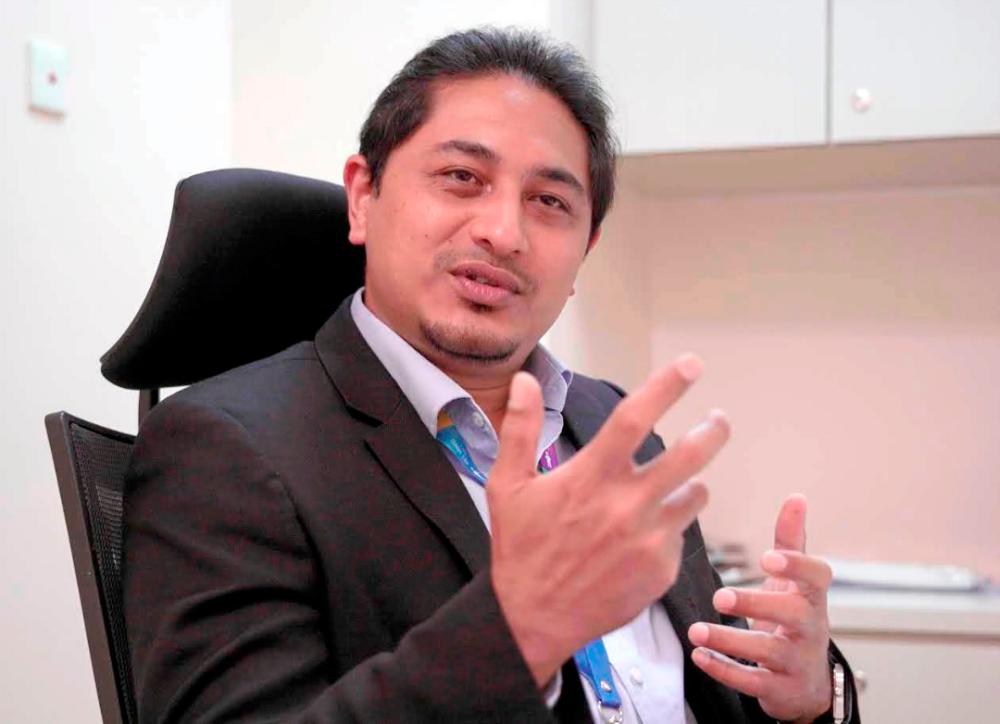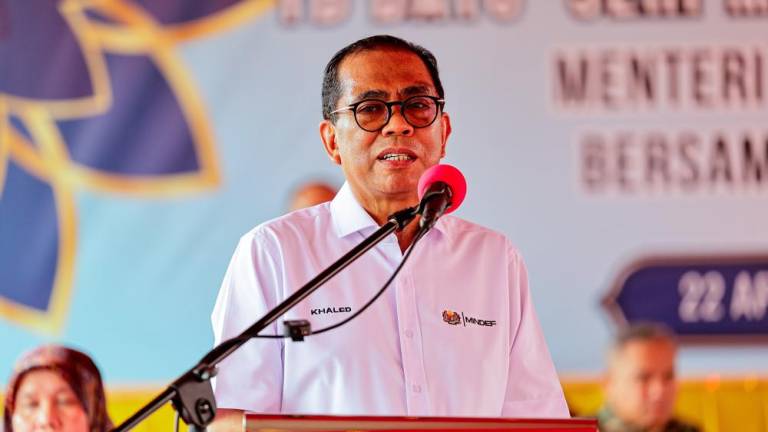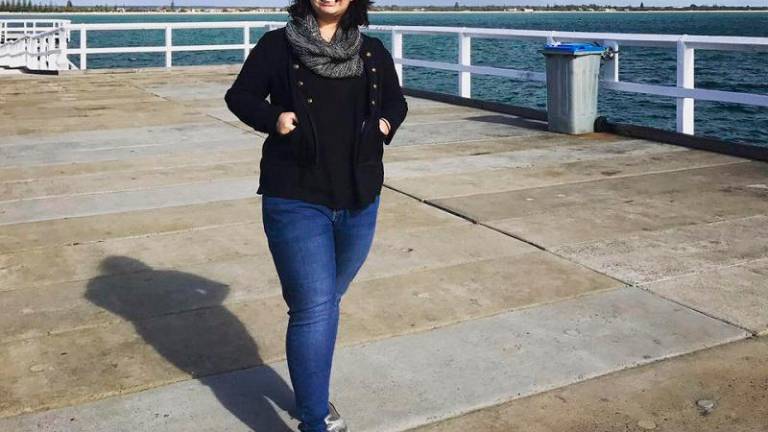IT IS a profession that most people do not have the stomach for. As a physician specialising in emergency and trauma cases at Pantai Hospital Kuala Lumpur, handling gruesome cases is part and parcel of the job.
For Dr Shah Jahan Mohd Yussof (pix), being emotionally detached from patients helps. He recalled the pedestrian bridge collapse near Mid Valley MegaMall six years ago where his team had to amputate the leg of a construction worker.
Shah Jahan, 42, said it was not just physically exhausting but emotionally draining as well.
“It was my off day but I was recalled,“ he told theSun recently.
“He bled for about four hours while trapped in the rubble.
“With the help of an orthopaedic, we managed to extricate him. “I gave him field anaesthesia and monitored his blood pressure. He was very weak.
“We had to work while being upside down.
“It was an awkward position to reach him but we were taught to treat patients in such conditions.”
As the nation’s first of three trauma physicians, the 18-year veteran in the field of emergency medicine said he initially did not want to be a doctor, which was a family tradition.
He was considering becoming a mechanical engineer, but his father, who was a maxillofacial surgeon at the Alor Star Hospital, inspired him.
“He was an enthusiast, and had trained surgeons in the field.
“I was influenced by him,” Shah Jahan said.
“Trauma is a global threat. Traffic accidents are the fifth highest cause of mortality in Malaysia. The majority of trauma victims are young adults aged between 20 and 55.
“In Malaysia, 24 out of 100,000 die annually due to trauma, making it among the highest in Southeast Asia.”
To improve the healthcare system, a Trauma Registry was launched with 20 government-based emergency departments collecting data on major injuries.
This includes road traffic injuries that need aggressive resuscitation.
“With this data, we can benchmark (our services) with other countries on a year-to-year basis.
“The data allows parties to create studies, and create better trauma outcomes.
“Otherwise, we’ll be shooting in the dark.
“After a year, a preliminary report will be prepared to guide us to better service development.”















